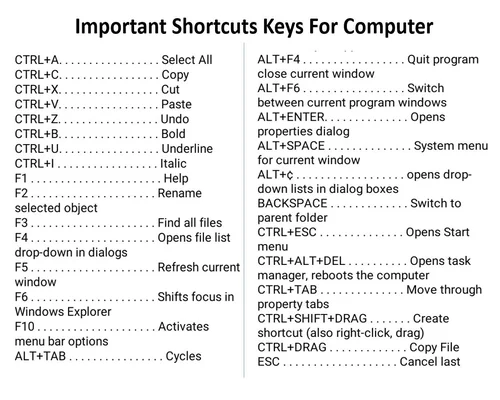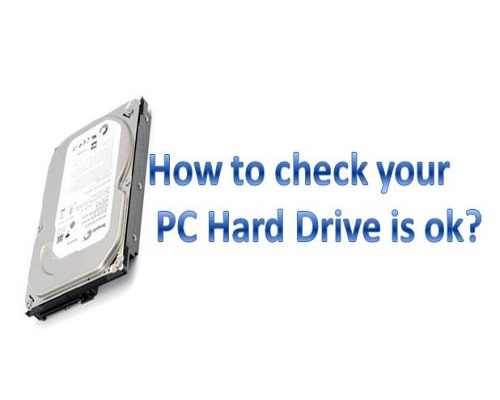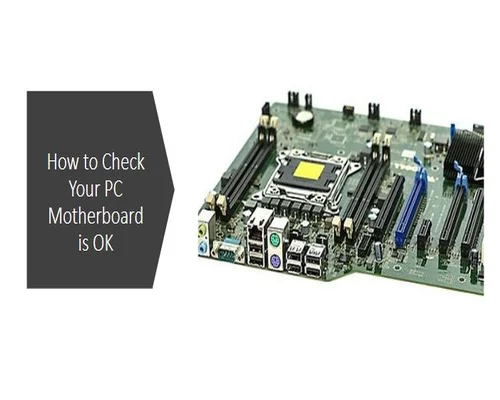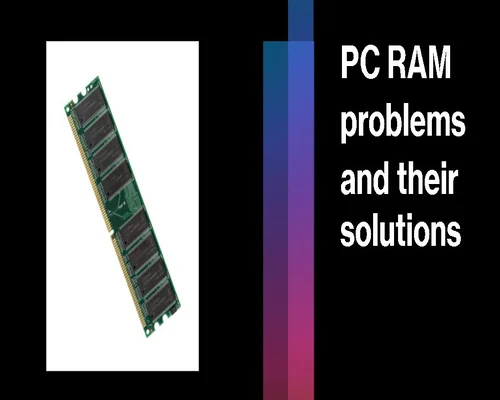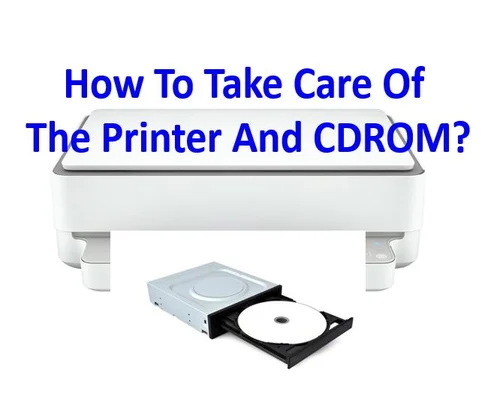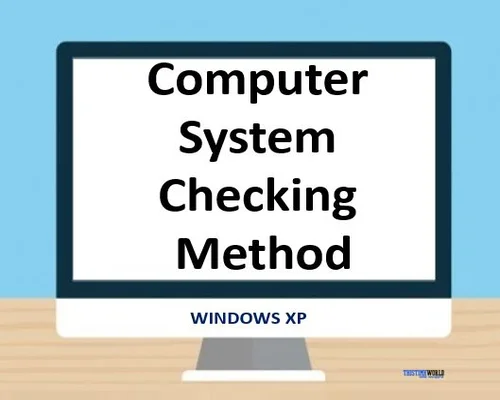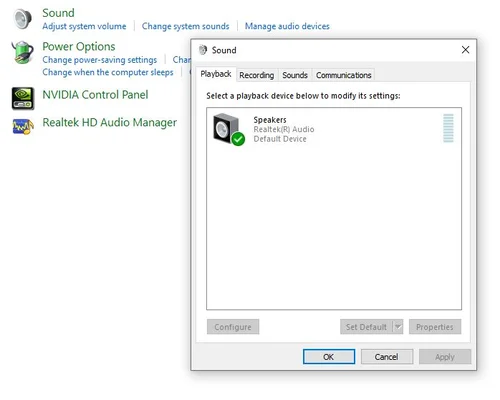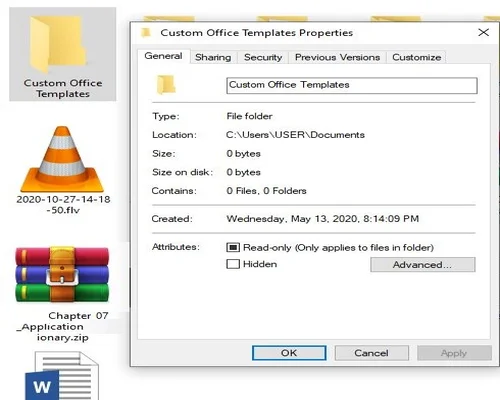
Difference between RAM and ROM
Difference between RAM and ROM
Both RAM and ROM are computer memories, but the main difference between them is that RAM is a temporary memory, while ROM is a permanent memory.
Here are some detailed differences between RAM and ROM:
RAM (Random Access Memory):
It is a temporary memory, which stores data while the computer is on. When the computer is turned off, the data in RAM is erased.
It is used for both reading and writing data.
RAM determines the performance of the computer. The more RAM, the faster the computer works.
RAM is used to load various programs and data.
ROM (Read Only Memory):
It is a permanent memory, which retains data even when the computer is turned off.
Generally, data in ROM can only be read, not written. However, data in some special types of ROM (such as EEPROM) can be changed.
ROM usually stores startup information and other important data of the computer.
ROM is usually used to store BIOS (Basic Input/Output System) and other firmware.
In short, RAM is the working place of the computer and ROM is the storage place of important data of the computer.
The difference between RAM and ROM is presented in the form of a table below:
RAM
- Full form: Random Access Memory
- Nature: Volatile – Information is erased when the power is turned off
- Main purpose: Temporarily store running programs and data
- Write and read information: Both reading and writing can be done
- Speed: Fast, relatively slow
- Size: Large (GB – e.g. 8GB, 16GB)
- Use: Running apps, loading the operating system, etc.
ROM
- Full form: Read Only Memory
- Nature: Non-Volatile – Information remains even when the power is turned off
- Main purpose: Storing instructions necessary for starting the system
- Write and read information: Usually only readable (writing is limited or difficult)
- Speed: Relatively slow
- Size: Small (MB – e.g. 4MB, 8MB)
- Use: Storing BIOS or firmware
Below is a more detailed explanation of RAM and ROM:
RAM – Random Access Memory
Features:
This is a temporary memory.
When you turn on your computer or mobile and open an app or game, those programs are loaded into RAM.
When the power goes out, the data in RAM is erased.
The more RAM memory, the faster and smoother the device works.
Example:
Launching an app
Playing a game
Using a browser
ROM (ROM) – Read Only Memory
Features:
This is a permanent memory.
Here the basic instructions (BIOS/Firmware) of the computer are stored which helps in starting the system.
Even if the power is turned off, the data in ROM remains.
Generally it is used for reading, not writing (or can only be written in special ways).
Example:
BIOS (which is the first thing that starts after the computer is turned on)
Basic functions of mobile operating systems
Firmware
Simple example:
RAM is your desk — where you work, and it gets cleaned after you finish working.
ROM is a bookshelf — where you read the necessary information, but it does not change.

